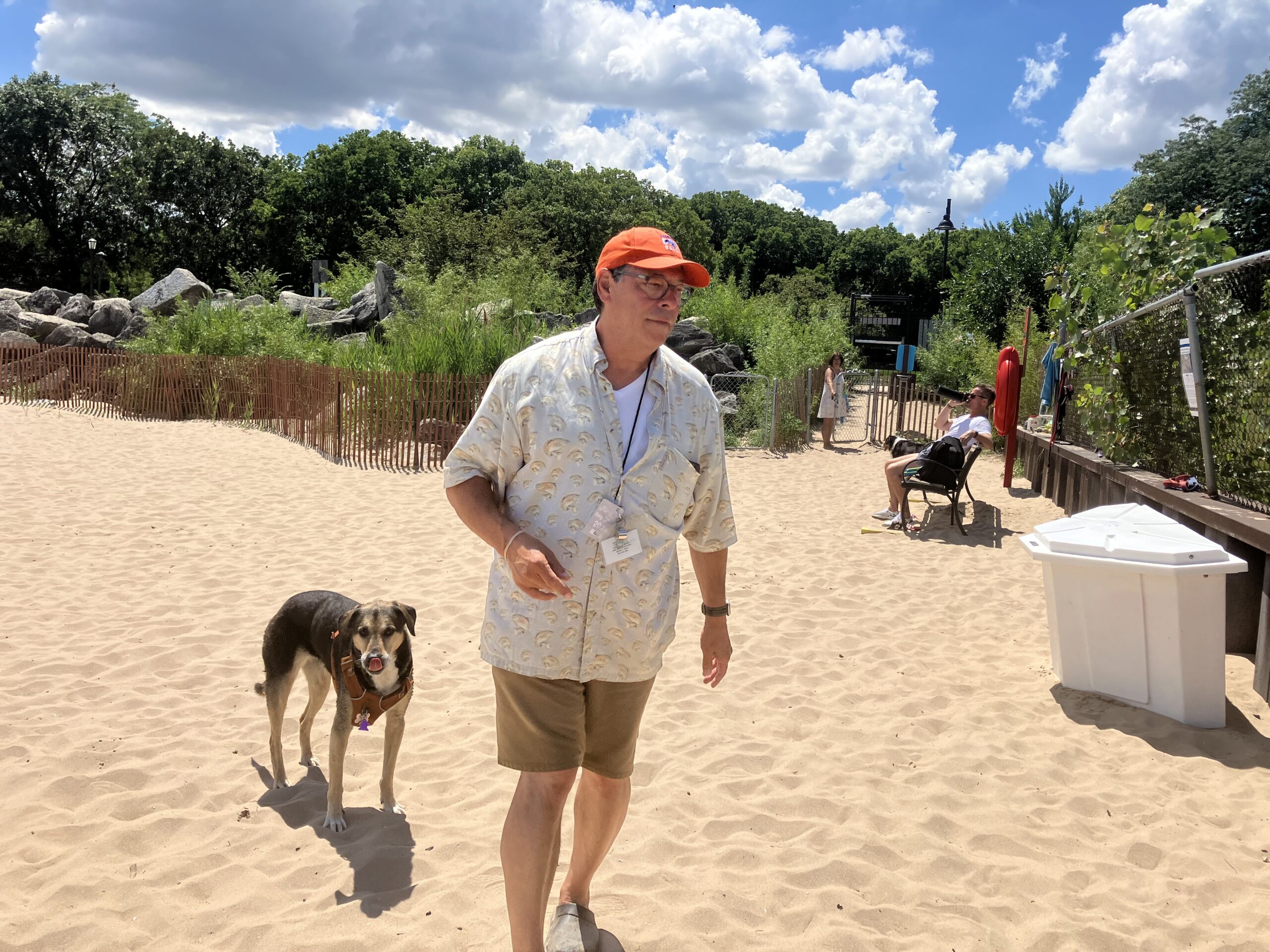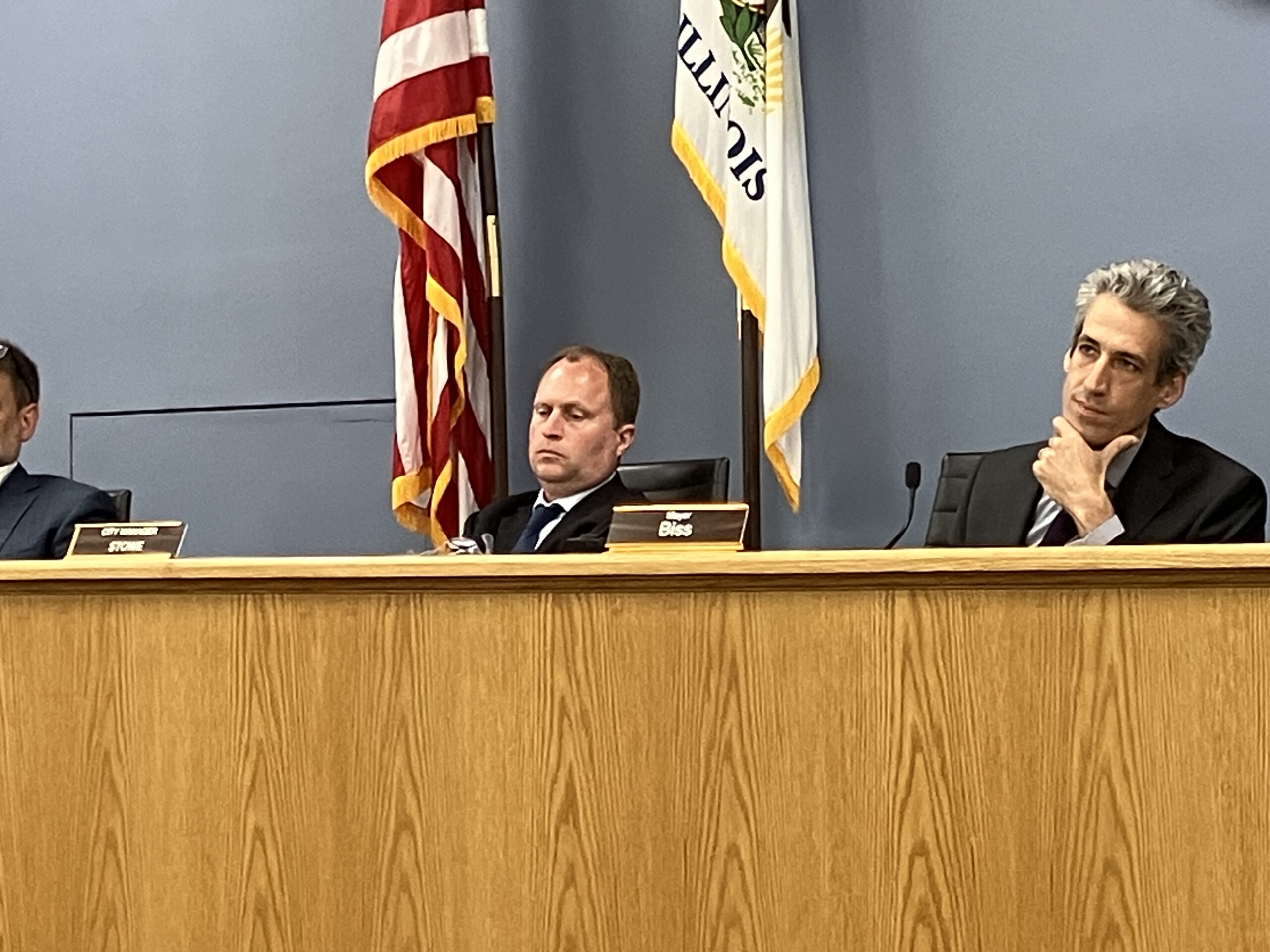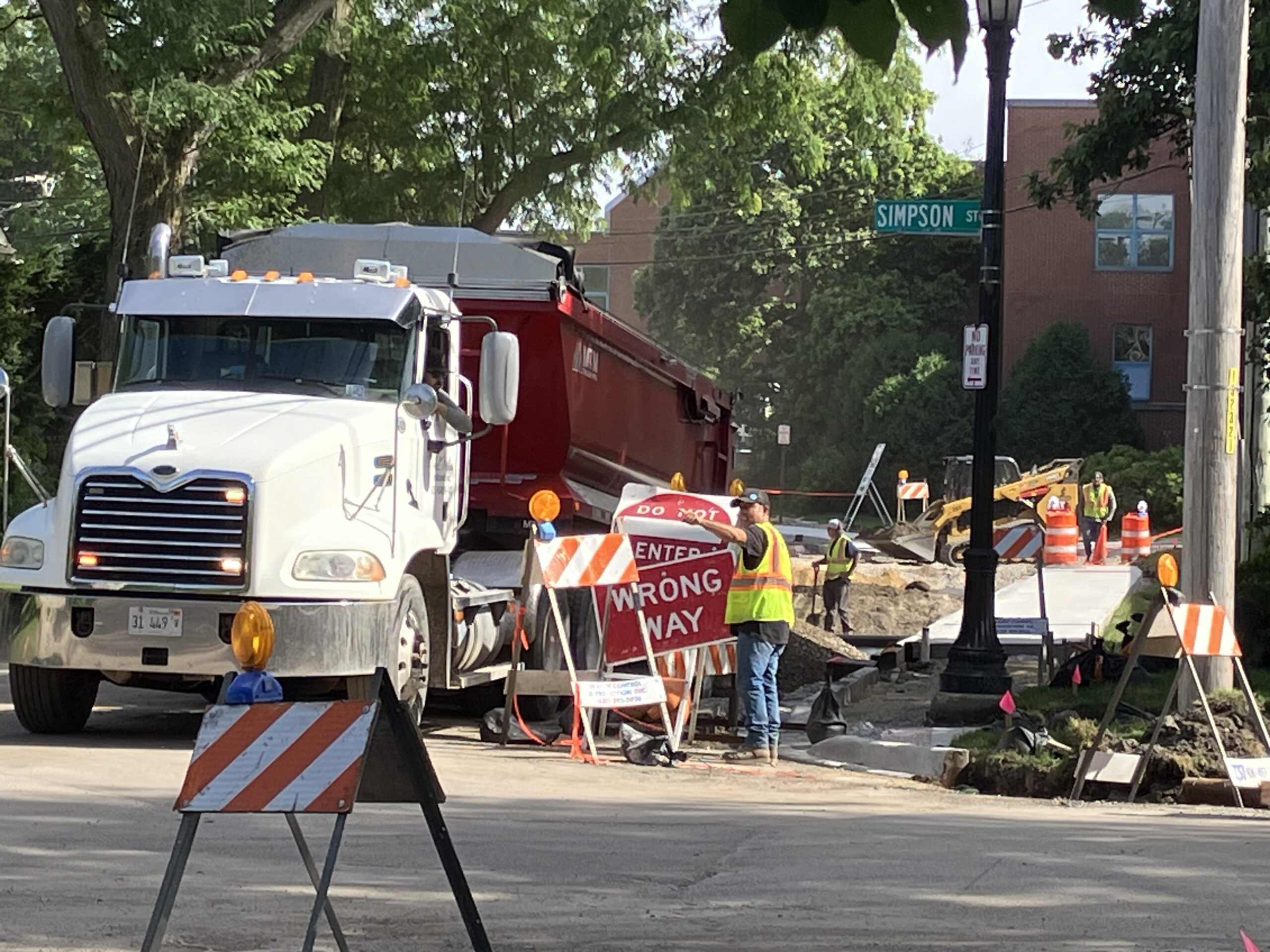By Bob Seidenberg
rseiden914@gmail.com
Evanston officials have turned to a Philadelphia, Pa., firm to conduct a comprehensive study of the city’s business districts and suggest ways the city can realign itself in the aftermath of the COVID pandemic.
Members of the city’s Economic Development Committee recommended April 27 that the city enter into a $245,000 contract with Interface Studio, LLC. to provide the comprehensive business district study, which is to include extensive community participation.
The study areas are to cover downtown as well as the city’s other business districts.
Officials have recommended that half the project’s cost come from federal American Recovery Plan Act (ARPA) funds and the other half from revenues generated by the city’s five active Tax Increment Finance (TIF) districts.
The proposal will next go to the City Council for consideration.
Evanston’s business districts face unusual pressures, said Paul Zalmezak, the city’s Economic Development Manager, in a memo and presentation supporting the Interface study.
“Being located less than three miles from Old Orchard, one of the country’s premier regional shopping centers, and 30 minutes north of Chicago’s world-renowned shopping and entertainment puts Evanston at a competitive disadvantage,” wrote Zalmezak.
“Online shopping, parking challenges (real and perceived), expensive rents, property taxes and the uncertainty of the pandemic have created confusion amongst retailers, small businesses and business district service providers perhaps never experienced in Evanston despite its many economic evolutions.”
Meanwhile, he suggested, organizations responding to the challenge are sometimes working at cross purposes, “often overlapping or duplicating, in order to retain businesses and attract new retail, experiential and services establishments to each of our nearly dozen business districts,” he said.
“There is not a cohesive plan, and little is done to measure effectiveness,” he said. “We should be creating and supporting more impactful strategies, initiatives and programs, as well as measuring our successes, including benchmarking against other similar communities. These efforts require a cohesive approach to retail attraction for all of Evanston’s historic and emerging districts.”
He expressed hope the study “will help align all of our efforts to a successful recovery similar to the success we experienced each time we transformed our economy – post war, post-department-store era, back-to-the-city 1990s, and post-financial crisis/Great Recession in 2008.’’
Interface’s experience includes work on 20 downtown and commercial corridor plans, with a number of major cities, including Atlanta, Chicago, Detroit, Grand Rapids, (Mich.) and Milwaukee among them.
The firm describes itself as “an inventive and imaginative planning and urban design practice” whose mission “is to help communities, large and small, think about where they are now, what they would like to become, and which steps are needed to get there,” Zalmezak said in his memo.
The core of the group’s work is the message that “Every place has a story to tell,” he said.
“Planning and design is a means of storytelling,” Interface suggests, and the firm’s role is to “mine for data and help uncover the trends that shape our cities,” Zalmezak said.
Extensive community listening process
Interface “translates data into compelling graphics that enable residents and stakeholders to see their communities with fresh eyes,” he said.
The timeline the company has sketched for officials includes a “listening-analysis” stage for one to two months.
During that time, Interface is proposing that a local task force be formed that could include a mix of business owners, property owners and residents from the various business districts.
Listening sessions with key stakeholders will also be held. An interactive mapping survey launched during that period will ask survey respondents from the various business districts “what they love, which business spots need love, and what barriers currently exist to them when visiting each of the districts (accessibility, safety, marketing/communications, vibrancy, etc.).”
Beyond the “retail apocalypse
The firm’s focus goes beyond the “retail apocalypse” explanation – shoppers moving from brick-and-mortar stores to buying online – a narrative sometimes advanced as a large cause of traditional businesses struggle.
“Cities go through cycles, retail goes through cycles,” said Scott Page, a principal with the firm, speaking at the April 27 meeting. “That said, we really need different approaches to how we address retail downtown commercial corridors.”
He said issues such as “cannibalizing” businesses from other districts and competition from surrounding municipalities are certainly concerns that have to be considered.
“But what happens at the street level drives the economy,” Page said.
For that reason, officials have to think “very carefully” about how they activate the ground-floor space in various business districts, he said.
Along with that, he told the Committee, officials have to think about small businesses themselves and what programs help stimulate small-business growth.
He said officials should also look at the design of the street itself. “If it feels like a highway, it’s not going to be a welcoming place for people to hang out and shop at local businesses,” he told committee members.
Interface is proposing a seven-month time period for the study, with two months of “Listening and Analysis” on the front end, followed by “Concerting and Vetting” for two additional months.
Zalmezak told the committee members that he was initially concerned when told by Interface the process was going to take seven months. Officials had hoped for a shorter time frame.
A persuading point in Interface’s favor is that “one of the strong advantages of Interface’s proposal is that they have a strong community process up front, which I have not seen in a consulting project,” he said.
Zalmezak told committee members that officials may have to address big business issues that arise during the study period.
“But as it relates to business district infrastructure [and] funding for strategies to fill storefronts, those types of things, let’s pause…let’s let this group help us think it through,” he said.




